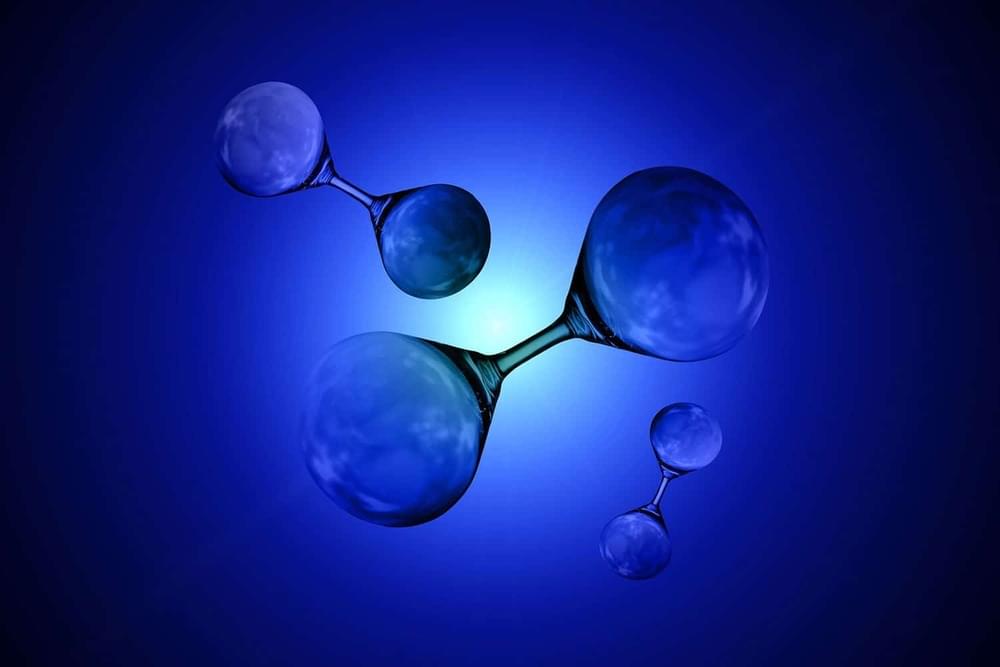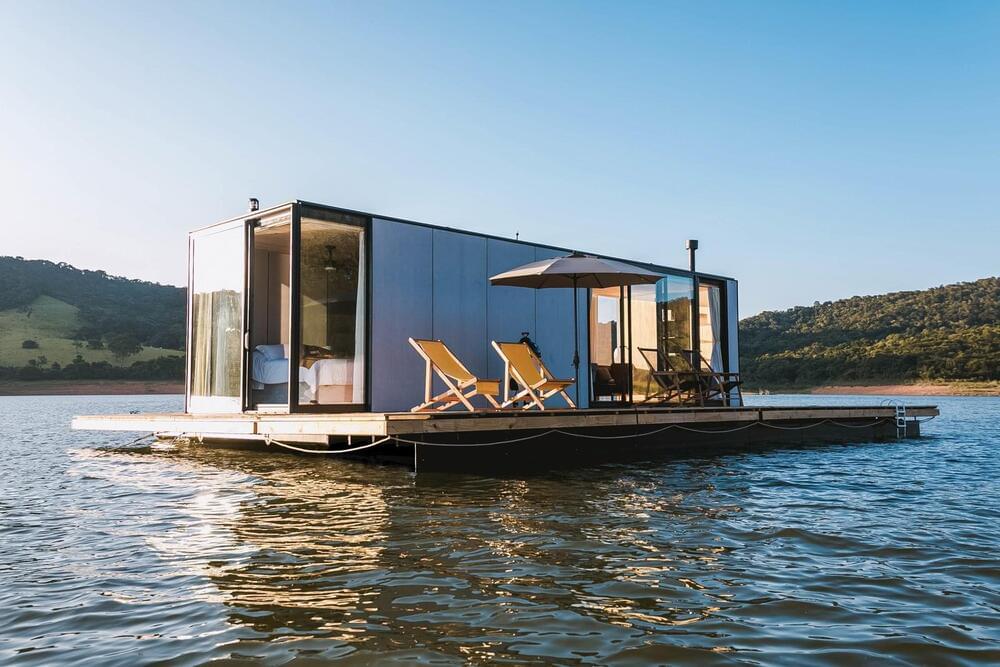The device produces hydrogen without consuming freshwater resources.




With billions of dollars flooding into longevity, what role will epigenetic clocks play in measuring and intervening in aging?
When Horvath first described epigenetic clocks, scientists began to speculate that altering them could reverse aging. After all, if certain patterns of DNA methylation at certain sites in cells in certain tissues of your body are hallmarks of aging, could shifting them somehow reverse aging?
The world has experienced a technological leap in the last decade. Innovations such as smartphones and tablets, 3D printing, artificial intelligence, and blockchain are coming with us. As is well known, these technologies have become indispensable, not only causing hype in one or the other but also permanently changing our daily lives and ways of working. Will this development slow down? I do not think so, the exact opposite. In the next 10 years, you can expect even more breakthroughs than you can imagine today.
In this programme the world’s leading experts attempt to build an artificial human based on actress Gemma Chan, star of the sci-fi series Humans, for a ground-breaking scientific stunt that will test just how far away we are from ‘synthetic’ humans.
Could science fiction be our reality much sooner than we think?
Find us on:
Facebook: https://www.facebook.com/SparkDocs/
Instagram: https://www.instagram.com/spark_channel/
Content licensed from DriveTV to Little Dot Studios.
Any queries, please contact us at: [email protected].
#Spark #Humans #ArtificialIntelligence
The NASA telescope images show a stellar birthplace, the gassy environs of a dying star, a galaxy smashup and the deepest view into the cosmos yet.
The future of mind-controlled machines might not be as far away as we think.
As director of DARPA’s Biological Technologies Office, Dr Justin Sanchez is part of a team that is looking at how to decode brain signals and use them to control robotic prosthetics.
His research includes the visualisation and decoding of brain activity, the development of devices that could help patients with memory deficits, and advanced prosthetic arm systems that could restore feeling and movement after an injury.
The former associate professor of Biomedical Engineering and Neuroscience at the University of Miami has also looked at the potential of neurotechnology for treating paralysis, Tourette’s Syndrome and Obsessive Compulsive Disorder.
In this talk Dr Justin Sanchez takes us through various real world applications of direct neural interfaces.
–

The resulting artwork has its own particular aesthetic, defined by swirling shapes and incoherent objects. The real magic, though, is that no matter what you type, the app will generate something visually compelling (at least until we get too used to these toys) and that matches your prompt in often surprisingly opposite ways.
UK-based robotics company Engineered Arts just gave an ultra-realistic-looking humanoid robot Ameca a voice. Ameca is the world’s most advanced human-shaped robot representing the forefront of human-robotics technology. In a new video, the company showed off Ameca having a conversation with a number of the company’s engineers, courtesy of a speech synthesizer and OpenAI’s GPT 3, a cutting-edge language model that uses deep learning to generate impressively human-like text.

Today’s launch by Rocket Lab, “The Owl Spreads Its Wings,” was as unremarkable as a rocket going to orbit can be, but it also marked a few milestones for the growing space company: 30 launches and 150 satellites taken to space.
The company’s first trip to orbit was in January of 2018, technically Electron’s second test flight but the first successful delivery of a payload to space. That was after more than 10 years of design, engineering and manufacturing since the company was founded in 2006.
It then had an unbroken streak of 18 launches, but on its 20th there was an anomaly and it lost the payload and vehicle. But as founder and CEO Peter Beck told me shortly afterwards, “no more than seconds after we realized that we had an anomaly on our hands, the team was already working it.” And they were clear to fly a month later.

Revolut founder Nik Storonsky appears to have named the CEO of his AI-powered venture capital firm Quantum Light Capital.
Ilya Kondrashov, most recently the founder and advisor to Dubai-based family office Five8 Foundation, joined Quantum Light Capital as its chief executive this month, according to his LinkedIn profile.
Before Five8, Kondrashov held executive positions and founded small business credit startup MarketFinance, which was backed by banking giant Barclays and venture capital firm Northzone. On his Twitter page, he describes himself as an “entrepreneur and investor”, with interests in fintech, SaaS and Web3.